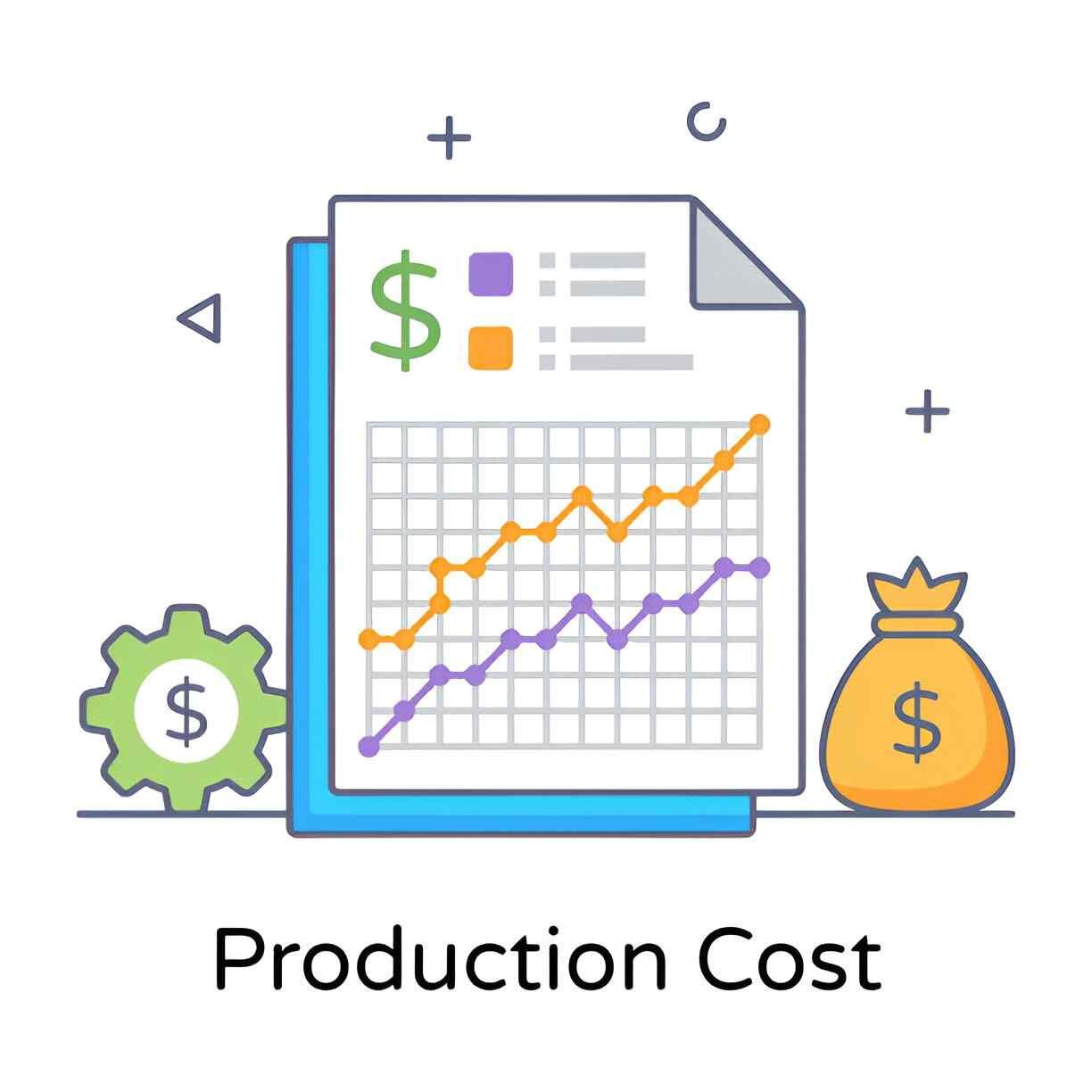Introduction
When I analyze financial statements, I often notice that non-production overhead costs receive less attention than direct production expenses. Yet, these costs play a crucial role in a company’s financial health. In this guide, I break down non-production overhead costs, explain their significance, and show how they impact profitability. Whether you’re a business owner, accountant, or finance student, understanding these costs helps you make better financial decisions.
Table of Contents
What Are Non-Production Overhead Costs?
Non-production overhead costs, also called indirect operating expenses, are expenses not directly tied to manufacturing goods or delivering services. Unlike direct labor or raw materials, these costs support overall business operations. Examples include administrative salaries, office rent, utilities, and marketing expenses.
Key Characteristics
- Not tied to production volume – These costs remain even if output drops.
- Essential for business continuity – Without them, operations would halt.
- Often fixed or semi-variable – Some fluctuate with business activity, but many stay constant.
Types of Non-Production Overhead Costs
I categorize these costs into three main groups:
1. Administrative Overheads
These include expenses related to general management and office functions:
- Executive salaries
- Legal and accounting fees
- Office supplies and software
2. Selling and Distribution Overheads
Costs linked to marketing, sales, and product distribution:
- Advertising and promotions
- Sales team commissions
- Shipping and logistics
3. Financial Overheads
Expenses tied to funding and capital management:
- Interest on loans
- Bank charges
- Insurance premiums
Why Non-Production Overhead Costs Matter
Many businesses focus on cutting direct costs but neglect overheads. However, unchecked indirect expenses erode profit margins. Consider this simple profit equation:
Profit = Revenue - (Direct\ Costs + Non-Production\ Overheads)If overheads rise without revenue growth, profits shrink.
Example: A Small Business Scenario
Suppose a company generates $500,000 in revenue with $300,000 in direct costs and $150,000 in overheads.
Profit = 500,000 - (300,000 + 150,000) = 50,000If overheads increase by 10% ($15,000), profit drops to $35,000—a 30% decline.
Calculating and Allocating Non-Production Overheads
Unlike direct costs, allocating overheads requires a systematic approach. I prefer the Activity-Based Costing (ABC) method for accuracy.
Step-by-Step ABC Allocation
- Identify cost pools – Group similar overheads (e.g., marketing, administration).
- Determine cost drivers – Choose a basis for allocation (e.g., employee hours, sales volume).
- Calculate allocation rates – Divide total cost by total driver units.
- Assign costs to products/services – Multiply rate by actual driver usage.
Example Calculation
Assume:
- Total marketing overhead = $50,000
- Cost driver = Number of sales transactions (10,000)
- Allocation rate:
If Product A uses 3,000 transactions, its allocated marketing cost is:
3,000 \times 5 = 15,000Comparing Traditional vs. ABC Costing
| Method | Pros | Cons |
|---|---|---|
| Traditional | Simple, less time-consuming | Less accurate, may distort costs |
| ABC | More precise, better insights | Complex, requires more data |
Strategies to Control Non-Production Overheads
1. Regular Audits
I recommend quarterly reviews to identify inefficiencies. For example, renegotiating office leases or switching to cost-effective software can yield savings.
2. Outsourcing Non-Core Functions
Instead of maintaining an in-house legal team, outsourcing reduces fixed salaries and benefits.
3. Technology Integration
Automating payroll or accounting cuts administrative labor costs.
Common Pitfalls in Managing Overheads
- Overlooking small expenses – Recurring small costs add up (e.g., subscriptions).
- Misallocating costs – Incorrect driver selection distorts profitability analysis.
- Ignoring inflation – Overheads like insurance premiums rise over time.
Real-World Case Study: Retail Chain Overhead Reduction
A mid-sized US retail chain struggled with declining profits. After analyzing expenses, I found that administrative overheads grew 12% annually despite flat sales. By:
- Consolidating regional offices
- Switching to cloud-based accounting
- Renegotiating vendor contracts
They reduced overheads by 18% within a year, boosting net margins by 5%.
Final Thoughts
Non-production overhead costs may not be as visible as direct expenses, but they significantly impact profitability. By understanding, tracking, and optimizing these costs, businesses can improve financial resilience. I encourage you to review your overhead structure—small adjustments often lead to substantial savings.





